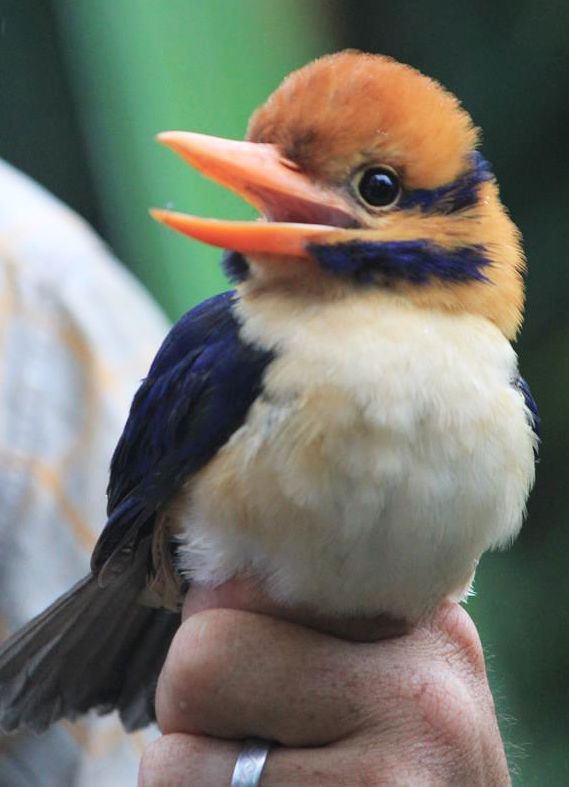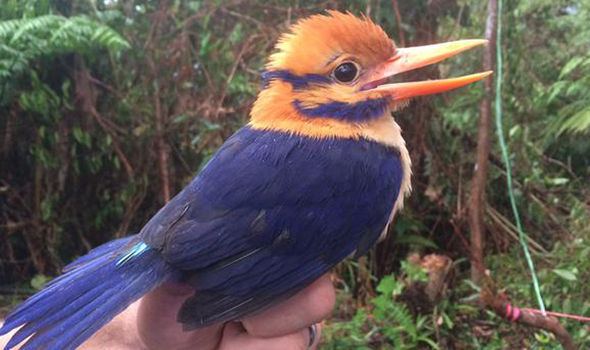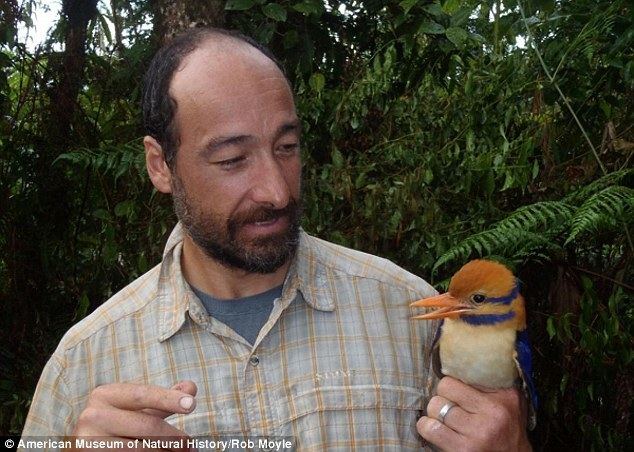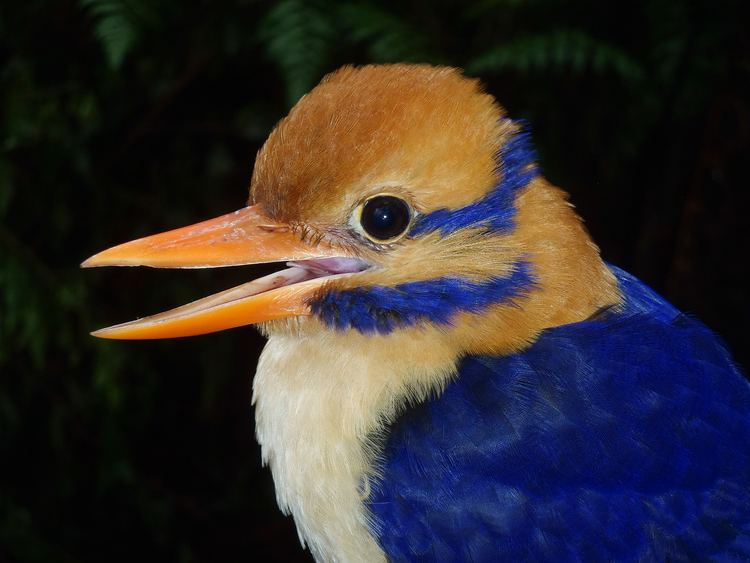Subfamily Halcyoninae Higher classification Actenoides | Family Alcedinidae Genus Actenoides Phylum Chordata Rank Species | |
 | ||
Similar Bird, Kingfisher, Actenoides, Guadalcanal moustached kingfisher, Hombron's kingfisher | ||
The moustached kingfisher (Actenoides bougainvillei), also called Bougainville moustached kingfisher, is a species of bird in the family Alcedinidae. It is endemic to Bougainville Island in Papua New Guinea. An estimated 250–1,000 mature individuals are left.
Contents
- Guadalcanal moustached kingfisher top 7 facts
- Description
- Taxonomy
- Habitat and distribution
- Behavior
- References

Their natural habitats are subtropical or tropical, moist, lowland forests and subtropical or tropical, moist, montane forests; they nest in tree holes. They are threatened by habitat loss and introduced predators.

The Guadalcanal moustached kingfisher was previously lumped together with A. bougainvillei, but is now regarded as a separate species. It was first described in 1904, and in the late 1930s, a dozen specimens were collected in southern Bougainville. In 1941, A. b. excelsus was described on the basis of a single specimen from Guadalcanal, and later in 1953, two more specimens were obtained. In 2015, a male specimen was collected by a team from the American Museum of Natural History.
Guadalcanal moustached kingfisher top 7 facts
Description

The average length of this bird is 32 cm. It is large, orange to red bill and purple-blue moustache, wings, and tail.
The two subspecies are:

The moustached kingfisher is considered as an endangered species under the Red List status and the population trend is thought to be decreasing.
Taxonomy
The moustached kingfisher belongs to the family Alcedinidae, subfamily Halcyoninae, which are more advanced than the subfamily Alcedininae and more closely related to the subfamily Cerylinae.
Habitat and distribution
It inhabits lowland forest and hill forest in southern Bougainville, and hill and mist forest between 550 m and 1250 m of altitude in Guadalcanal.
In the 1950s, local people observed holes in the riverbanks or in the ground in the forest, which were thought to be the nests of moustached kingfishers. However, they are believed to be opportunistic cavity nesters.
Behavior
The moustached kingfisher is a perch hunter, feeding on insects and small vertebrates. It is capable of fast direct flight due to its rounded wings and a short tail. Its eyes are specialized for accurately sighting prey at a distance. Its head allows it to turn at a wide angle. The species is thought to be territorial as breeding pairs.
It has been reported to dive multiple times to clean off the dirt that may adhere from the nest.
This bird usually calls before dawn and after dusk. Its call is a loud, ringing laugh, ‘ko-ko-ko-ko’.
